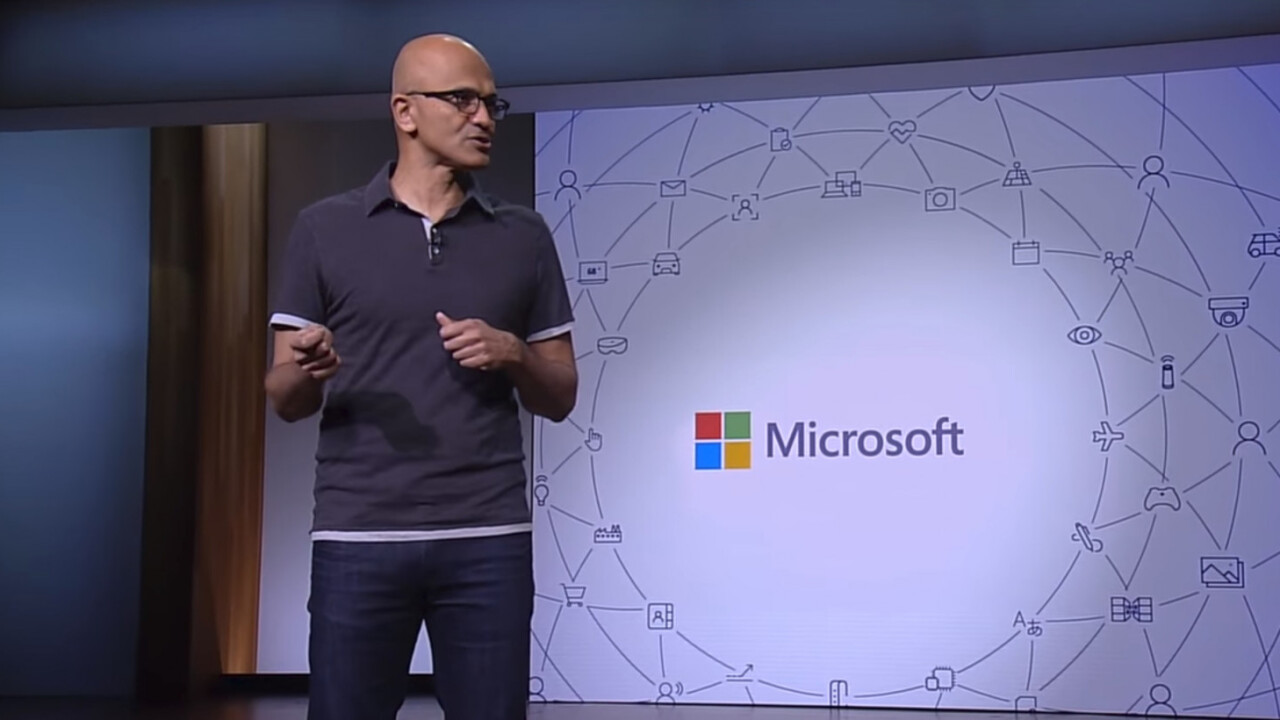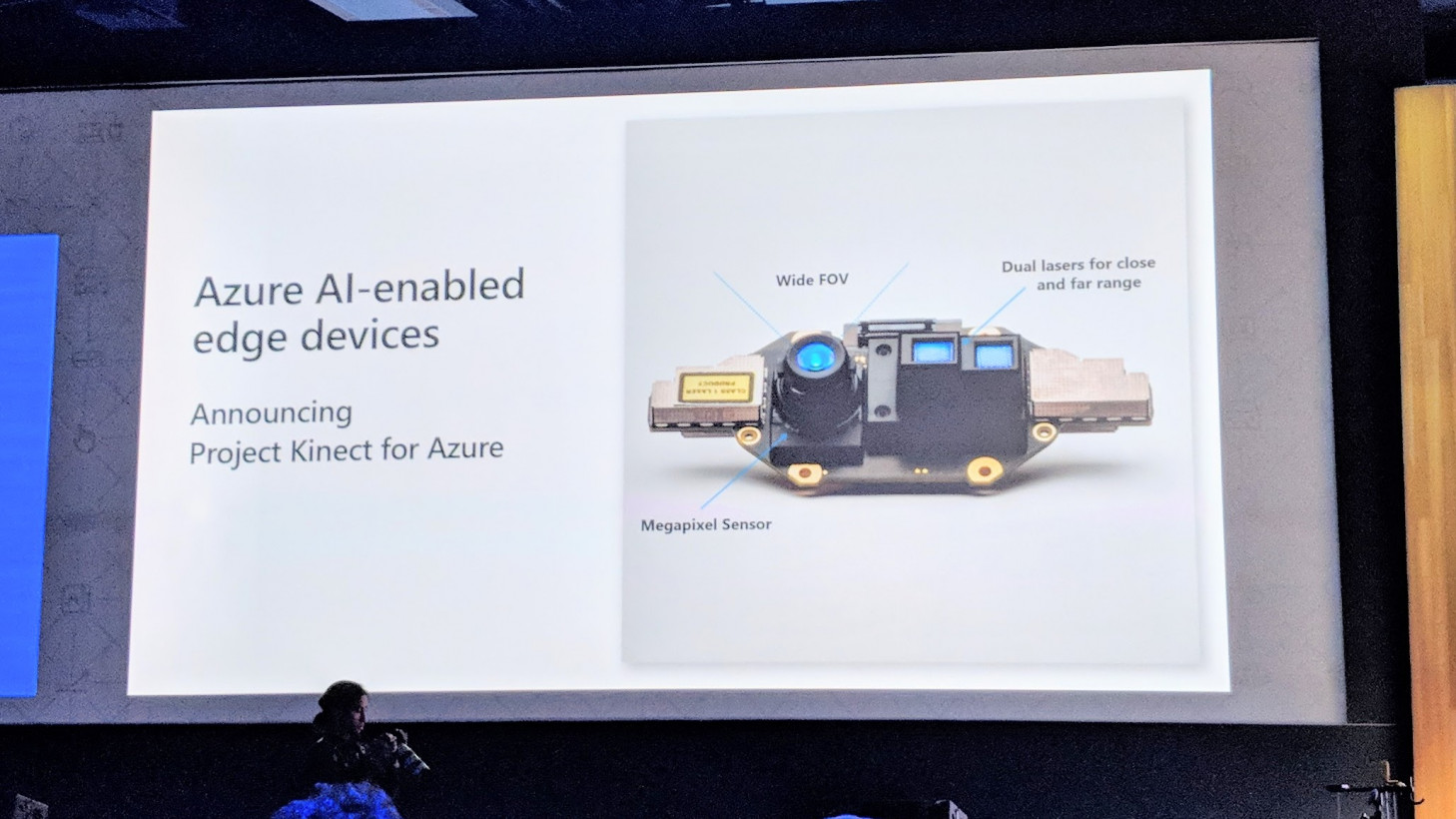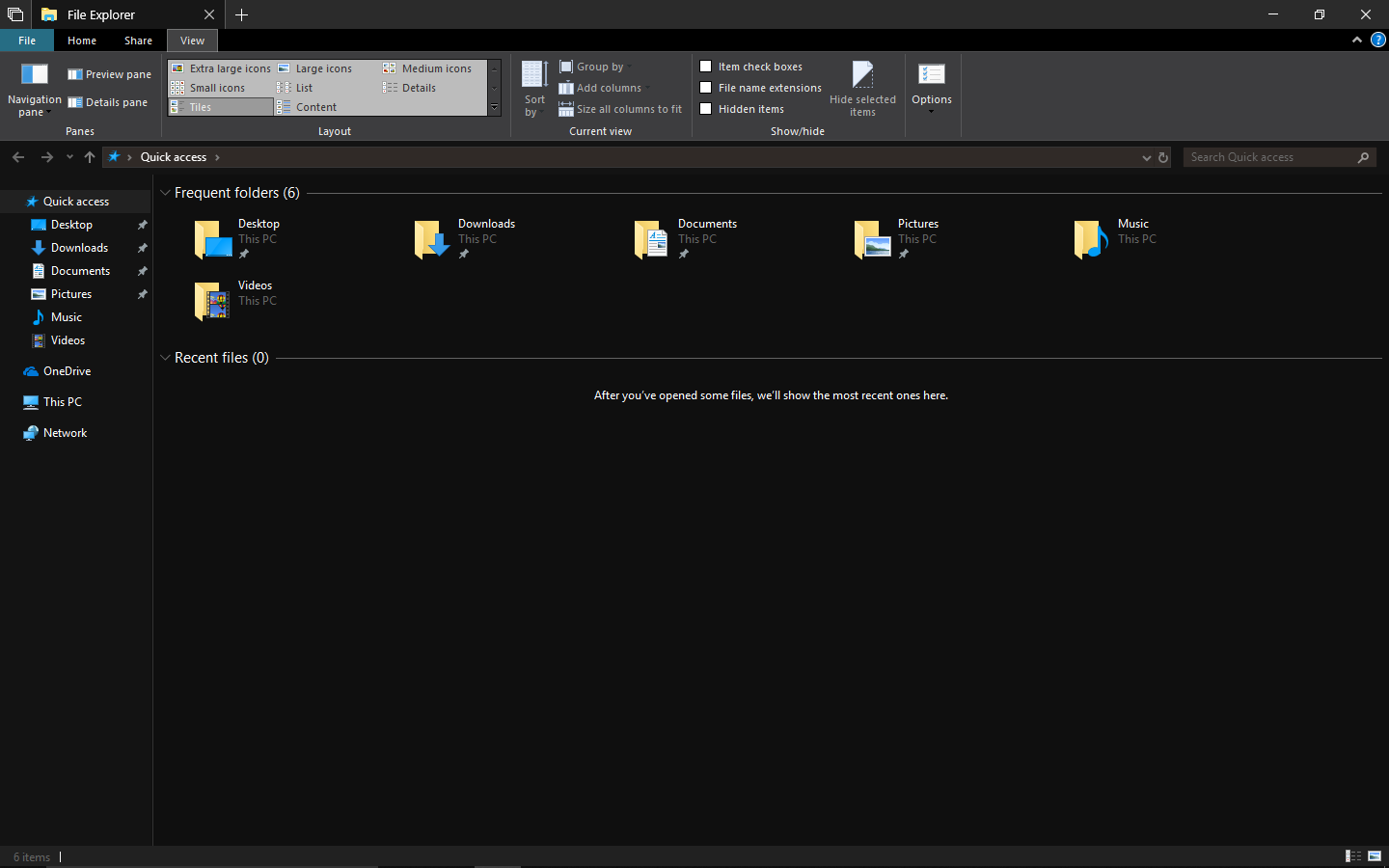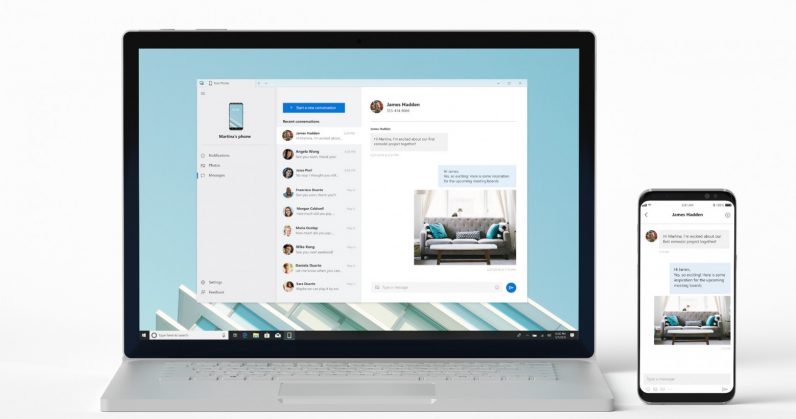
It’s been a busy week in the tech world, with Google and Microsoft both hosting their biggest conferences of the year in the same week – and Google’s was admittedly more interesting.
While Microsoft’s Build conference has always been less glitzy than Google I/O or Apple’s WWDC, this year’s news seemed particularly sparse for non-developers. Notably, news about Windows was particularly sparse compared to previous years.
That’s a reflection of a new Microsoft, which to paraphrase The Verge’s interview with Satya Nadella, cares less about everything running on Windows than making everything work with Windows. Microsoft’s OS is no longer the monolith of its investments, as AI and the cloud play more prominent roles in the company’s future, and the company embrace multi-platform technologies. This may all be very practical, but it does make for a duller keynote – unless you’re really into Azure.
But then again, it’s just one year and it’s unreasonable to expect every Build to be game-changing. Musings on new Microsoft aside, there are still notable stories coming out of the conference that’ll have a direct impact on Microsoft’s consumers. Here’s what you need to know.
The Cortana and Alexa team-up is almost ready
Microsoft and Amazon first promised Cortana and Alexa would be able to work together way back in August. We’d almost forgotten about it, but Microsoft revealed the feature was currently operating in a limited beta and hinted it would arrive more widely soonish.

It’s a little clumsy, considering you need to tell Alexa to Open Cortana and vice-versa, but it’s still a convenient feature for the voice assistants to fill in the gaps in the other’s features. Both companies’ CEOs have expressed interest in voice assistants working more closely, so hopefully this is just the first step towards a future where Alexa, Cortana, Google Assistant, and Siri run through a virtual field holding hands. The verdict is out on whether Bixby gets to join the club.
Kinect is back with a role far beyond gaming
While Kinect never had much success as a gaming peripheral, it became a surprisingly effective tool for researchers, students, and developers who could take advantage of its depth sensing and motion tracking abilities.

At Build 2018, Microsoft announced Project Kinect, a spiritual successor with no pretense of being a gaming peripheral. It’s much smaller than the original Kinect, though it’s basically just a pack of sensors with a processor and the ability to beam data to Azure. It also happens to be the sensors that will power the next version of Hololens.
For now, Microsoft is gauging industry interest before determining what Project Kinect will end up looking like, but you can bet this won’t be the last we heard of it.
Microsoft gives devs a bigger cut than Apple or Google
It’s no secret Microsoft has struggled to get developers to get their apps on the Microsoft store. It’s next strategy: give devs more money.
Google and Apple both take a 30 percent cut from sales on their App Stores – as did Microsoft – leaving devs with 70 percent of their revenue (math!). Now Microsoft is increase developer earnings 85 percent by default.
Better yet, if users are referred to the Store from the dev’s own site, they keep 95 percent. That could encourage devs to promote their Windows apps more heavily, and hopefully encourage more apps in the Store in the first place.
Fluent design is coming to Win32 apps (and getting a lot prettier)
Microsoft made a big deal of announcing its Fluent design system last year, which has been seeping its way through various apps since then. There’s just one problem: it only applied to newfangled Universal Windows Platform (UWP) apps, not the legacy Win32 apps that still comprise the vast majority of Windows work.
Fret no more, lovers of transluscent UIs. Microsoft detailed a feature called UWP XAML Islands that basically means developers will use more UWP tools in traditional software – including Fluent Design elements. Whether developers actually embrace that is another matter altogether.

Still, I hope they do. Microsoft showed off some neat updates for Fluent Design, including more powerful context menus, prettier shadows, and more glassy textures. The transluscent menus look pretty neat.
It’s also giving developers the ability to enable a ‘compact’ mode, cutting down on the the unnecessary whitespace resulting from Microsoft’s focus on touchscreens. Basically, it’s making Fluent Design better for desktops and traditional laptops. It’s about time.
Windows explorer is getting a Dark Mode
The Windows Explorer is getting a dark theme, making the experience of browsing through endless folders more stealthy.

Okay, so this one isn’t really a huge deal, but pretty much everything looks better in dark mode. Of course, that’s just my opinion. But if you disagree, you’re wrong.
The Windows Timeline is coming to Android and iOS
Microsoft only just began to roll out its new Timeline feature to desktops, but it’s already looking to make it useful for mobile devices as well.
As a recap, Timeline is a way to see what you were working on at any given moment, making it easy to resume a project or finish a document. You could re-open all those Edge tabs and a particular PowerPoint file to finish up a research presentation, for instance.
The Timeline will be available on the (surprisingly good) Microsoft Launcher for Android users. On iOS, it’ll live within Edge. Unfortunately, it’ll only really be useful if you use Microsoft’s apps like Edge and Office on your Phone – apps have to communicate with the Microsoft Graph – but you can bet the company will be trying to encourage third parties to support Timeline as well.
Microsoft Sets will let you Alt-Tab between apps and your browser
One of the most anticipated features long in the works for Windows 10 is something called Sets. The idea is simple: make Windows more like a tabbed browser.

You could can combine multiple apps under a single tabbed Set, allowing you to group apps by task. Imagine grouping Adobe After Effects, Premiere, and Photoshop, in one window when working on a video, for example. You can also add individual Edge tabs to Set.
This has been testing for quite some time through the Windows Insider Program, and Microsoft revealed that in the next Insider build, you’d be able to use Alt+Tab between Apps and individual Edge Tabs as well.
Syncing your phone with Windows
It’s pretty annoying having to switch constantly between your PC and phone with every new message. Currently you can receive text message notifications on your PC, but Microsoft is working on a more powerful solution simply called ‘Your Phone.’

At the outset, the app will initially let you view notifications, read and reply to SMS messages, and drag and drop photos to move them between your devices. Hopefully somewhere down the line it will integrate notifications from other messaging apps. You’ll be able to give the beta within the week before it launches publicly in the fall.
The company also announced a cloud clipboard for copy and pasting text between devices in its latest Insider build. Press Win + V, and you’ll be able to access all the text you’ve recently copied. While this currently only works with Windows devices, it’s only a matter of time until it applies to mobile devices as well.
AI and the cloud everywhere
Much, if not most, of Microsoft’s announcements were focused on businesses and enterprise applications, and the developers behind them. That meant a lot of talk about AI, the cloud, and Azure.
Heck, the coolest on-stage demo on stage was a futuristic meeting room that could recognize participants and transcribe conversation with surprising accuracy – even during fast, overlapping speech. The software was even able to identify conversation highlights you might want to refer to later.
Microsoft also announced an AI for Accessibility initiative, starting with $25 in funding. Though the program is units early days, the goal is to fund ideas that assist people with disabilities using AI and move towards a word with more inclusive design.
It’s a new Microsoft, one where Windows is just a small part of the equation. Time will tell where that leads.
Get the TNW newsletter
Get the most important tech news in your inbox each week.




